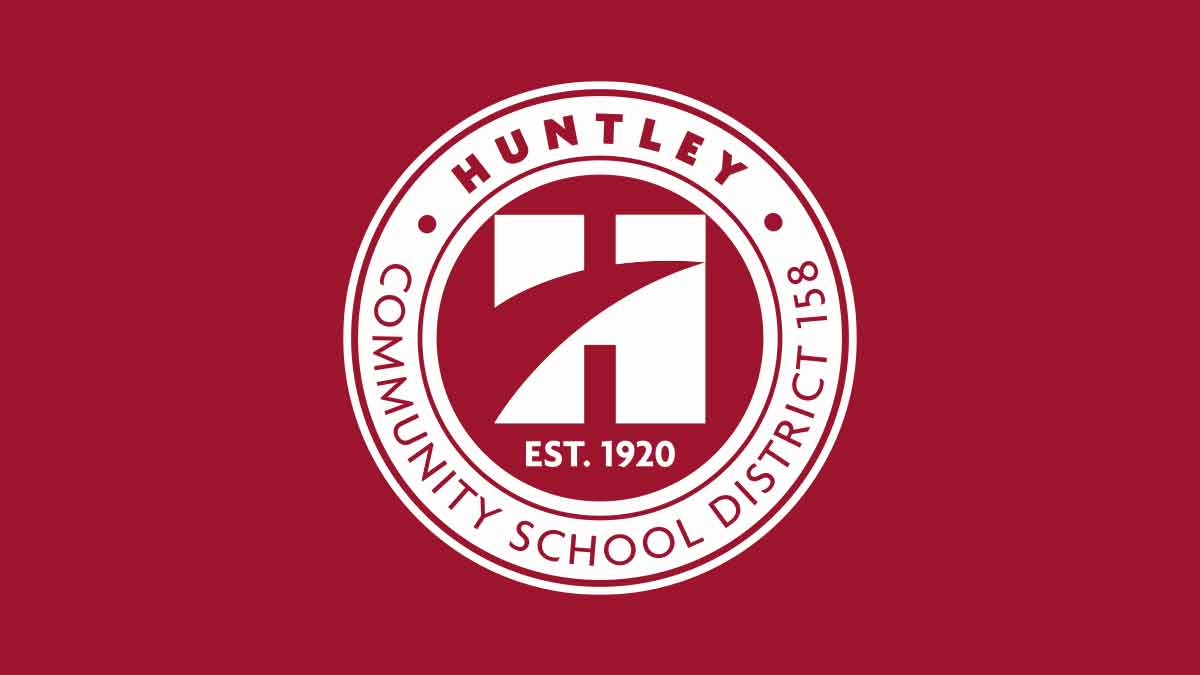Welcome to District 158’s Special Services office. Special Services offers consultative, resource, instructional and specialized programming for students who have been identified with having a disability under the Individuals with Disabilities Education Act (IDEA).
The goal of special education and related services is to support each child and address their individual needs. An Individualized Education Program (IEP) is developed in collaboration with parents, general education teachers, and special service staff on a yearly basis minimally.
The services provided include specialized instruction for students with learning disabilities, speech and language therapy, occupational therapy, physical therapy, vision and hearing itinerant services, specialized instruction and supports for students with emotional/behavioral disorders, mild cognitive impairments and students with Autism.
District 158 offers a variety of specialized programming along the continuum of services to meet the diverse needs of its many students. The programs are typically campus based to allow for students to move through their specialized programming with their same age peers.
Our Services
General Education Learning
All Huntley Community District 158 schools offer a continuum of special education services within the general education classroom. Based on the student’s needs, special education and related services are determined during the Individualized Education Plan meeting to ensure all students receive their supports in the least restrictive environment.
In the general education setting, support programs provide services to students with an identified disability and will all look a little different. Below is a general description of the range of services that are provided; however, for a complete understanding of an individual student’s support, parents should refer to the student’s IEP.
Consult Services
Consultative services are written on a child’s IEP to document the services that a student is benefitting from that are not direct contact service time. For example, a special education teacher and all related service professionals must communicate with the student’s teacher(s) about the overall educational functioning of the student. Therefore, the IEP may reflect the time involved in consulting with other staff, communicating with parents, and planning for/creating accommodations or modifications that the student will use in the general education setting. Consultation minutes can be the only type of support a student receives or it can be combined with Support Services or Instructional support outside the general education classroom. Each student’s educational needs are individualized on the IEP.
Support Services
Learning support services can be provided within the general education setting through an integrated model. This means that a special education teacher or related-service provider (ex: Speech-Language Pathologist, Social Worker, Occupational Therapist, Physical Therapist, Vision or Hearing Itinerant) provide the special education support to the student while the student is in his/her general education classroom. Students can also be integrated into the general education environment with paraprofessional support. This means that the student participates in the general education setting with a paraprofessional present in the setting to provide support to the students with IEPs. Paraprofessionals do not provide the initial instruction to students as students in the general education classroom should be able to access most of their instruction from the classroom teacher. Paraprofessionals typically support several students within the general education environment simultaneously with the goal of increasing independence for all students they are working with in the classroom.
Direct Instruction
Instructional services may require the student be removed from the general education setting for a period of time to receive direct instruction special education services. Although there are some direct instruction services that can be provided as a station in the classroom, direct instruction usually means that the student will be pulled out of the general education setting for the period of time indicated on the IEP. This is necessary for some areas of instruction because the skills being worked on are significantly different than what is being done in the classroom. The Special Education teacher/related service provider will work with the classroom teacher to make sure that the student is not pulled out of class for initial instruction or for areas that may be challenging for the student. If you have concerns that your student is missing instruction in the classroom in order to access a special education service, please contact your student’s case manager to discuss your concerns.
